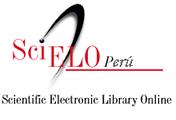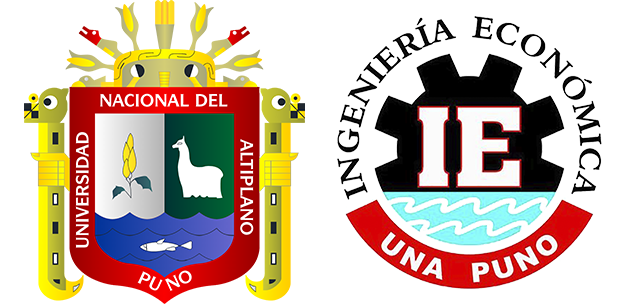Valoración económica y rentabilidad social del servicio de recreación turística en el Bioparque Umayo Sillustani Puno – Perú, 2015
DOI:
https://doi.org/10.26867/se.2018.v07i1.74Palabras clave:
Disponibilidad a pagar, modelo logit, Sillustani, servicios recreativos turísticos, valoración contingenteResumen
La investigación está enmarcada en el deterioro y la pérdida de la biodiversidad del patrimonio cultural y natural. Por ello, se ha planteado como objetivo de esta investigación estimar la disposición a pagar que los turistas le asignan a las mejoras en los servicios recreativos turísticos, para la aplicación metodológica en la evaluación costo - beneficio del Bioparque Umayo Sillustani. La investigación según su diseño es de tipo cuantitativo no experimental puesto que describe y explica el comportamiento de variables socioeconómicas mediante el análisis econométrico y estadístico. Para la estimación de la disponibilidad a pagar (DAP), se utilizó el método de valoración contingente (MVC), el cual permitió, a través de la aplicación de 287 encuestas a posibles beneficiarios de la mejora del servicio turístico, obtener el valor económico promedio por mejorar y recuperar el Complejo Arqueológico de Sillustani. El 73.52% de turistas declara estar dispuesto a pagar US$7.35 por visita, este monto indica el valor que un turista asigna al beneficio del proyecto. Para el cálculo de la DAP se utilizó un modelo logit binomial, según este modelo las variables que influyen principalmente en esta decisión son: el precio hipotético, ingreso, nivel educativo y la edad. Referente a la evaluación social del proyecto se estima un valor actual neto (VAN) de S/. 9’855,951.54 y una relación beneficio/costo de S/. 2.24.
















